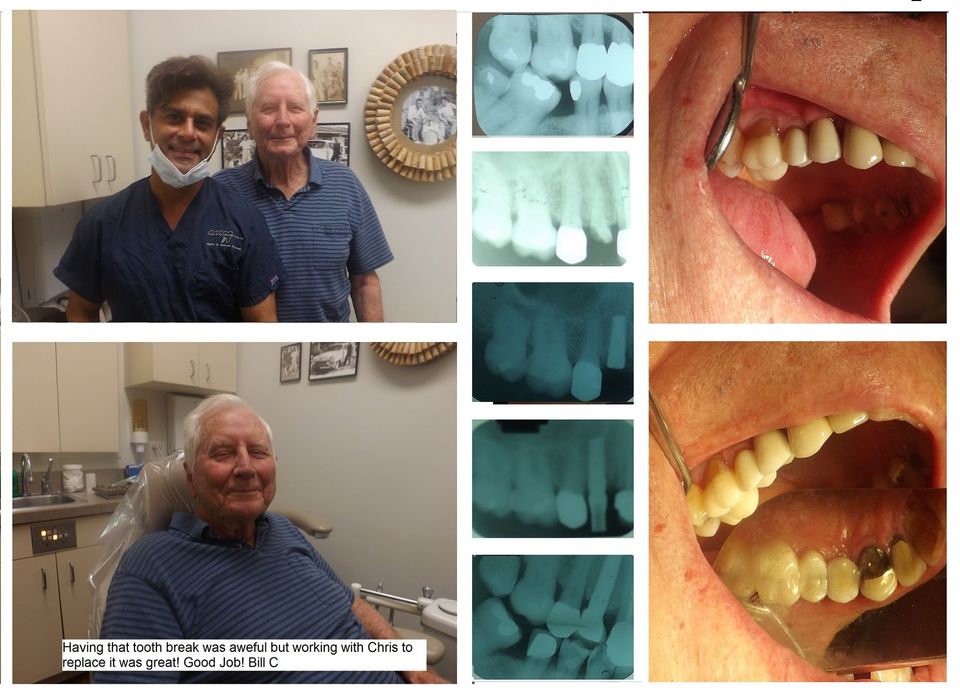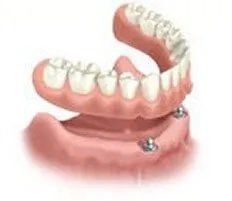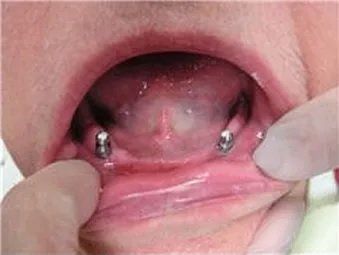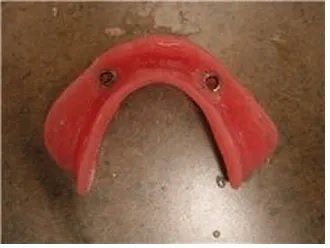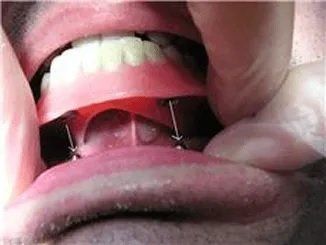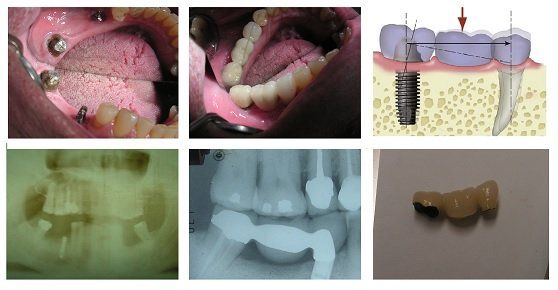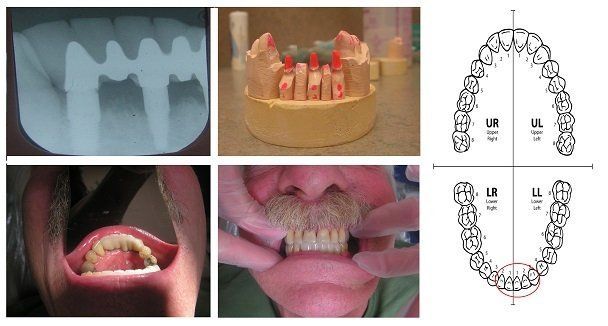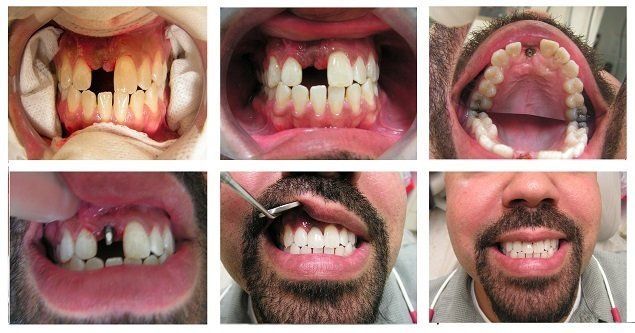Dental Implants Services
Serving Riverview, FL and all the surrounding areas
What Are Dental Implants?

We offer dental implants in Riverview, Florida, but what are they? Dental implants are natural tooth replacements. They are made from commercially pure (cp) titanium and sterilized. They come in a variety of shapes, surface textures, and sizes based on the area of the jaw they are going in. The available height and width of the bone are the main determining factors.
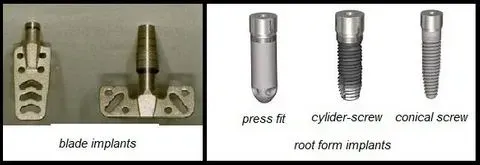
They come in 2 basic shapes: blade and root form. Blades are used in narrow ridges with not much width of available bone. Root form implants are cylindrical or tapered and come in different diameters. Both implant styles come in various lengths depending on the bone height available.
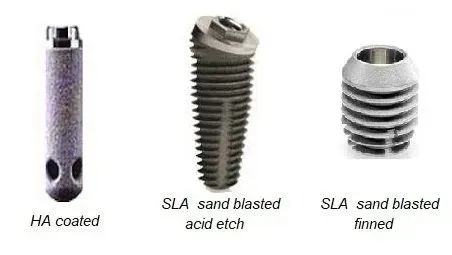
Surfaces of implants are coated or sandblasted (SLA) to give them optimum texture for boney adherence (osseointegration). The surfaces can be any combination of conical, cylindrical, straight, threaded, coated, blasted, or finned. Implants are placed in bone by threading or press fitting.
How Long Does Implant Treatment Take?
Implant treatment takes three months in the lower jaw and six months in the upper jaw at best. The primary difference between the two is cortical versus cancellous density ratios of the upper and lower jaws. The lower jaw is more cortical (dense), which lends itself to quicker loading (restoration) than the less dense, more cancellous upper jaw.
What Are the Steps of Implant Treatment?
There are 3 steps to dental implant treatment: surgical placement, osseointegration, and restoration.
Surgical Placement:
In this step, the implants are placed in the jaw bones. This is done by creating holes or slits in the bone (Osteotomies) using drills, chisels, and mallets. The implant is inserted into the Osteotomy, and the gums are sewn over the top with a cover screw in place. The implant is allowed to heal in the bone undisturbed. A temporary prosthetic may be delivered to you at this time while the implants are healing. The temporary prosthetic is used to restore function (ability to chew), esthetics, and protect the implant from impact, which could cause the implant not to heal.
Osseointegration:
In this step, the implants are healing into the bone. The bone cells (osteoblasts) make new bone around the implant and fuse the implant to the bone. During this period, the implant is undisturbed. Patients are brought back for x-rays to monitor the healing process over this 3-6 month period. Complications can occur, but as a general rule, 95% of implants will integrate into good, healthy patients. Factors that complicate implant integration are systemic disease, trauma, and habits such as smoking.
Restoration:
This step occurs after the healing period of 3-6 months; the gums are removed to expose the top of the implant. The cover screw is replaced with a healing cap. The gums heal around the cap and form the gum tissue collar. This takes about five weeks. The healing cap is replaced with an abutment which is torqued permanently into place. Abutments come in various design shapes and angles to accomplish direct retention or indirect retention of the prosthetics. Crowns and bridges are directly retained with abutments of different angles and then screwed or cemented to the implant permanently. Some preparation of these abutment components may be needed. Impressions are then taken and sent off to prosthetic labs where a highly skilled specialist in model work, ceramics, metal, and acrylic creates these life-like-looking dental prosthetics. This takes about 3-5 weeks. The prosthetic components (crowns, bridges, and dentures) are then adjusted and delivered to the patients at the office. Some posterior adjustments may be needed to fine-tune everything to your application.
Immediate Implants
Advantages:
- The implant is done at the time of extraction.
- Preserves the height and width of the boney ridge by reducing bone resorption.
- Reduces the time to restoration by 3-6 months.
- Eliminates the need to involve adjacent teeth with bridgework or wear appliances.
Implant Retained Overdentures
4 Implant bar / overdenture cheap way to solve a lot of denture problems
Advantages:
- Not too expensive to do.
- Gives the patient a lot more control to chew tougher foods!
- Low maintenance and easy to clean.
2 Implant Ball Snap Attachment Retained Lower Overdenture
Grace's Case
Grace came to our office with difficulty chewing. After discussing her case, we decided to put two implants in the lower jaw with ball attachments to retain a lower overdenture. All attachments are concealed, so it has a natural look. It also offers a lot of control. However, since the denture is mostly supported by soft tissue, it requires more relining over time for optimal stability.
Tooth to Implant Supported Prosthesis (TISP) Restorations
These types of restorations are good to do when the bone is not available for complete implant-supported restorations, and the length of the bridge span is kept small (distance between natural tooth and implant).
There are studies of their use and success that date back to the late 60s. This is a case I did in 2010. It’s still in use with no issues, and the patient is doing well.
Implant to Implant Supported Prosthesis (IISP) Implant Bridge
Implants can be tied together with a bridge to replace missing dentitions. This is a 100% implant-supported lower anterior bridge. It required a minimal number of implants replaced (tooth numbers 22-26). It’s a five-tooth bridge supported by three implants. Works well and has been in use by the patient since 2012.



